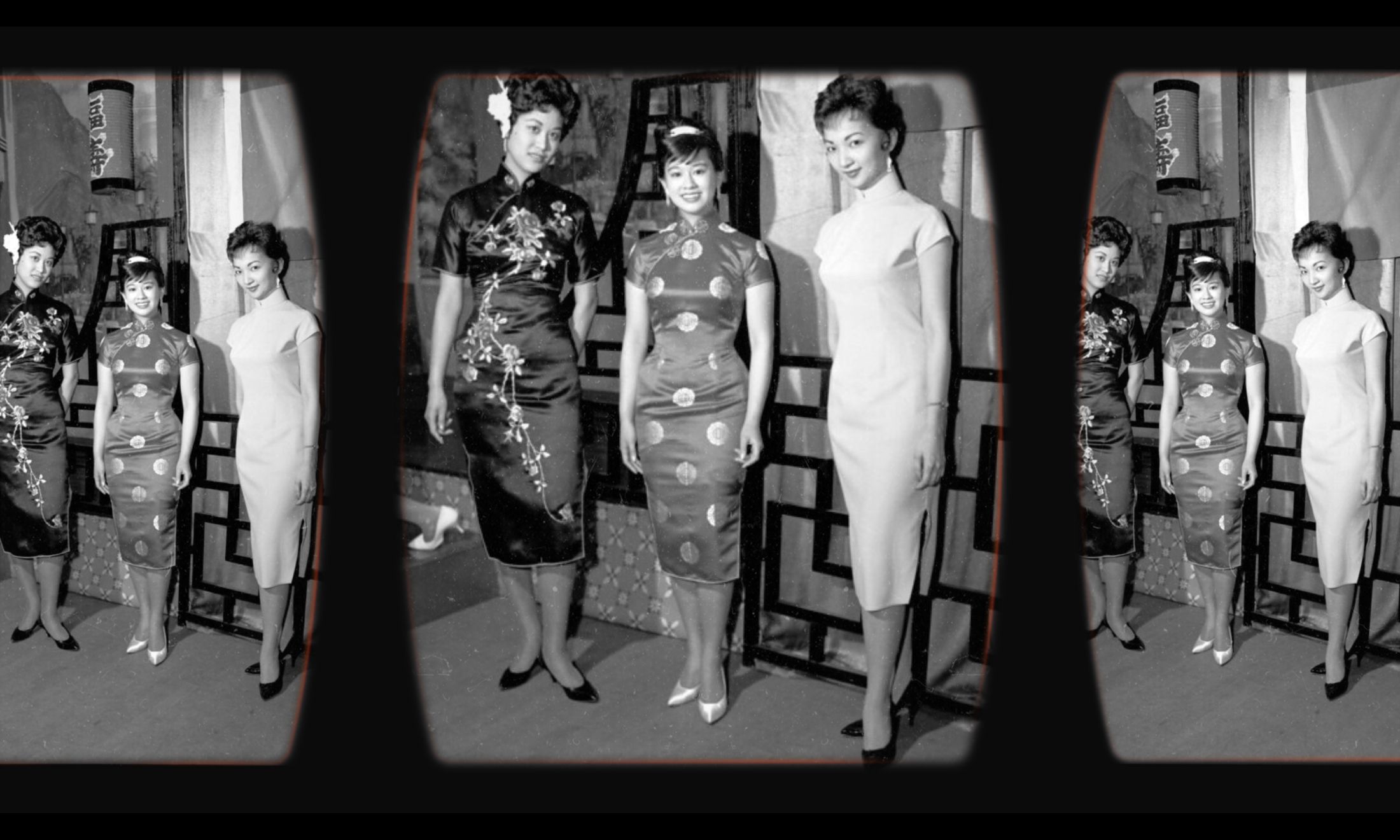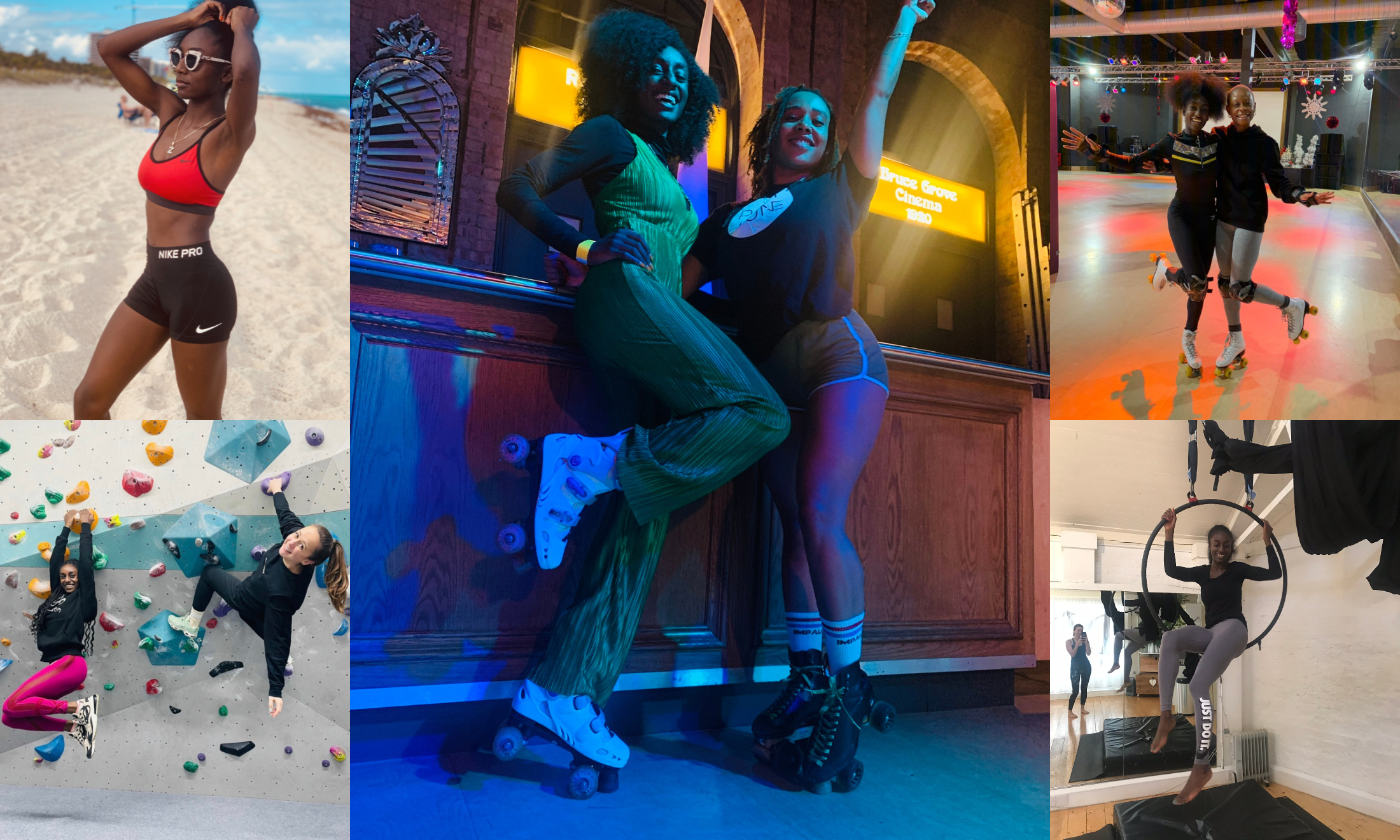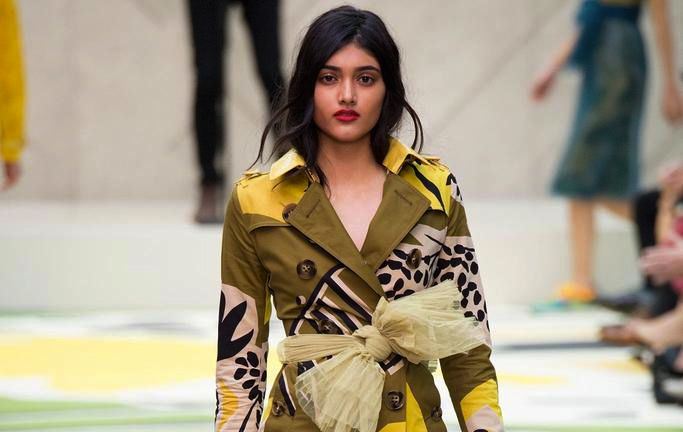
Working as a model on and off for numerous years I’ve always been applauded for my apparent racial ambiguity. Guesses on my ethnicity have ranged from Mexican to Persian, yet when I finally reveal that I am actually Indian, I can’t help but feel like it’s an anti-climatic moment for the casting director or agent. Growing up, I always felt like this was because being Indian was too boring; we weren’t pretty, interesting or ‘exotic’ enough to be models – what else explained the lack of brown faces on runways?
This lack of South Asian models is something I always noticed, yet never really knew how to articulate. Reading magazines, watching advertisements and runway shows as a teenager I never really saw models who looked like me – who were South Asian, let alone from the diaspora. I remember being so proud the first time I looked up at the Burberry campaign and saw Neelam Gill’s face staring back at me because she was the first Indian model I had seen in the mainstream fashion media.
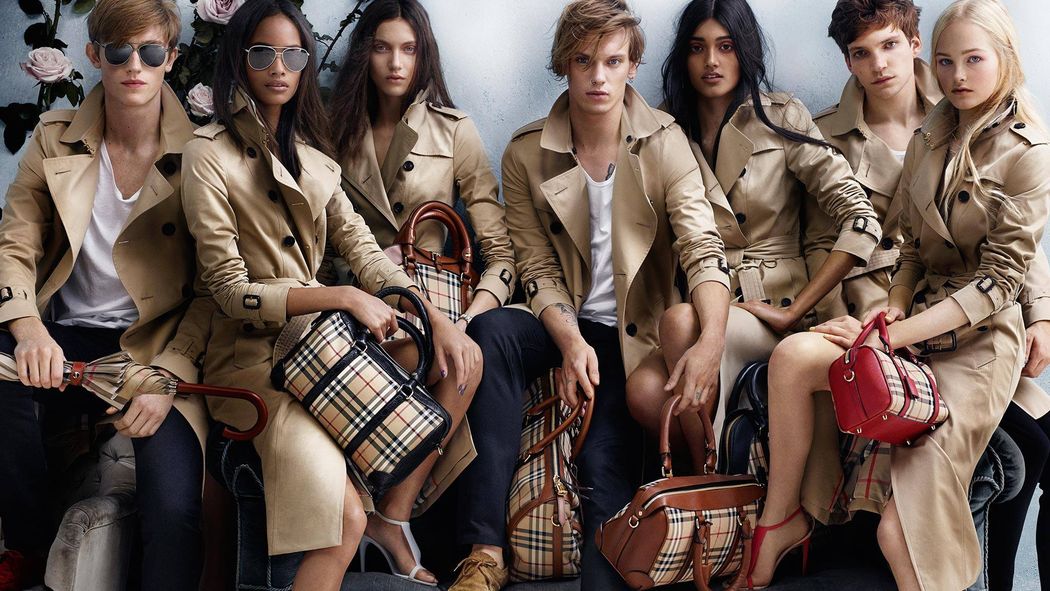 Image: Neelam Gill in the Summer 2014 Burberry Campaign
Image: Neelam Gill in the Summer 2014 Burberry Campaign
Whilst her rise is important, Neelam’s role can’t help but feel a little tokenistic at times (her Abercrombie and Fitch campaign was criticised for this very reason), and despite reports stating New York’s Fashion Week was the most diverse in recent history, according to this report only 9% of models were Asian – even then there is no distinction between East and South Asian. Fashion activist Bethann Hardison also argues that brands such as Chanel only use Asian models as an example of ‘tokenism’; the lower booking rates of Asian models compared to non-Asian models is not co-incidental, but simply a symbolic effort so fashion houses cannot be accused of discrimination.
I can’t offer any explanation for the lack of Desi models, perhaps it’s to do with stereotypes of Indian culture being shrouded with restrictions. What I can say is, it is definitely not due to a lack of models. We just have to look to the Indian sub-continent for prominent models such as Pooja Mor, Lakshmi Menon and Bhumika Arora who have managed to break into the world of high fashion, yet they are still in the minority.
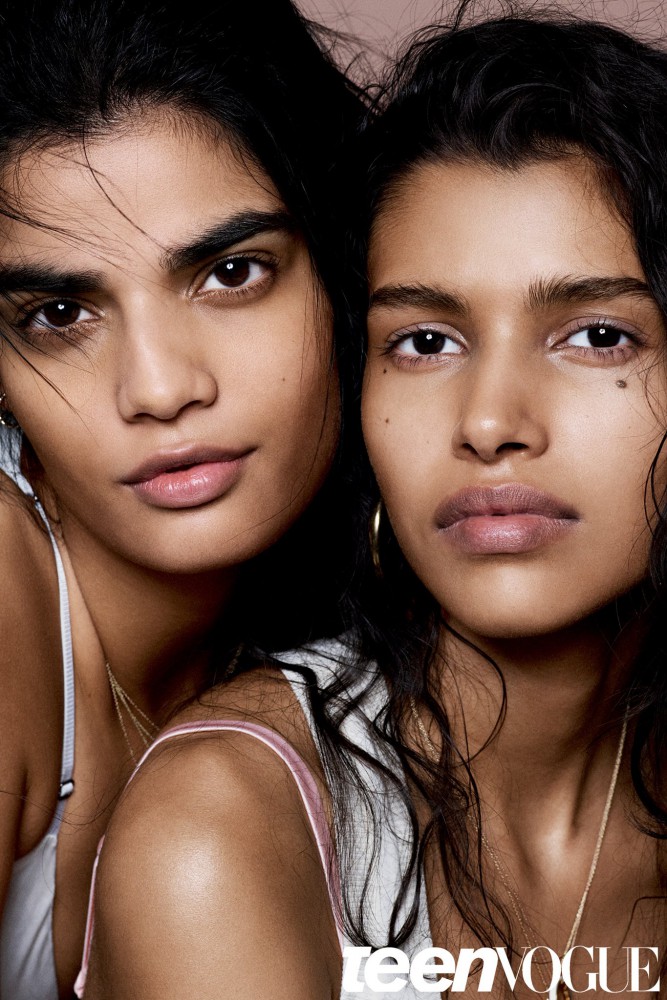 Image: Pooja Mor and Bhumika Arora in Teen Vogue March 2016
Image: Pooja Mor and Bhumika Arora in Teen Vogue March 2016
Lakshmi Menon is one of the very few Desi models to land editorial covers for brands such as Hermés, Vogue and D&G. Yet, like many other models of colour, Menon faced much difficulty at the start of her career. She told the Independent, “when I first signed with agencies in Europe and the US I barely did anything; it was one show here, another there. At that time it was completely dominated by Caucasian girls, particularly Russians.”
The industry’s domination by white models is not news, yet worryingly it is a trend that has also made its way into India itself. Having white models in Indian campaigns is not new with Amy Jackson enjoying a flourishing career in India and Sri Lanka despite being white. This is concerning because it isn’t about just having South Asian model simply for the sake of having a brown face, but rather showing that Desi women as just as worthy and capable of being high fashion when compared to their white, black and East Asian counterparts. It is to give a South Asian models who are considered to be successful in their field a chance to be recognized on a wider scale, and to give young Desi girls a belief that they can succeed. To quote Lakshmi Menon again, “in a country of more than 1.2 billion, there are bound to be beautiful women – I mean, come on, who are we kidding?”
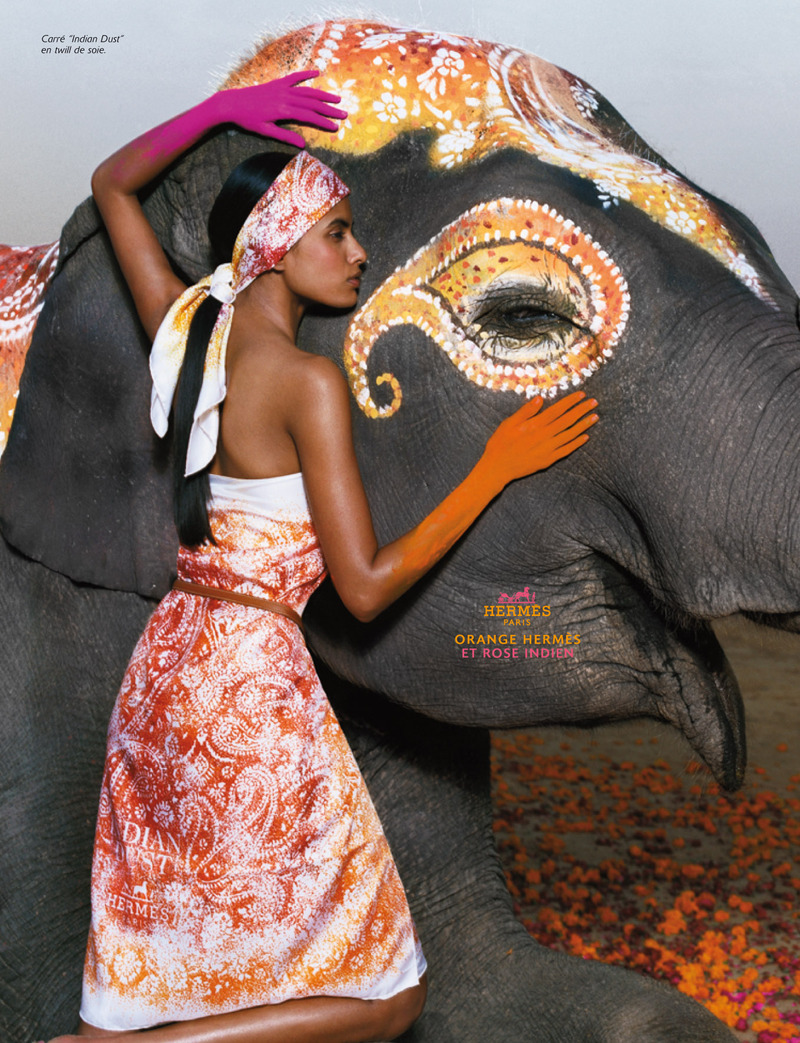 Image: Lakshmi Menon in the Spring 2008 Hermes campaign
Image: Lakshmi Menon in the Spring 2008 Hermes campaign



